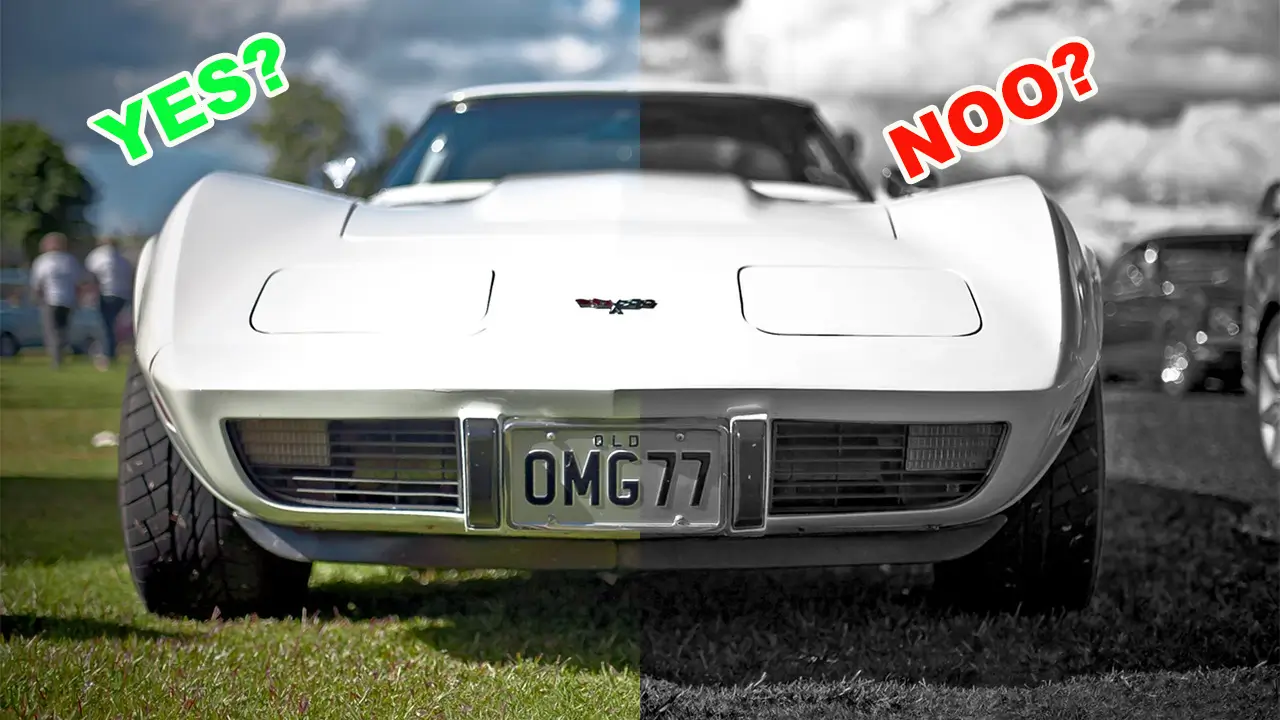1. Understanding Classic Car Investments
Investing money in classic cars might be a smart move. However, it still necessitates thoughtful deliberation and a thorough comprehension of the vehicles, the market, and the risks and benefits. If an automobile is at least twenty to thirty years old, investors consider it a classic. On the other hand, modern cars are also considered if they are rare, have a unique design, or are very important to the culture.
2. The Appeal of Investing in Classic Cars
The potential for value growth and the inherent joy that many collectors experience from owning, caring for, and operating these exquisite, historically significant automobiles are the key draws of investing in vintage cars.
3. The Potential for Long-Term Appreciation
The potential for long-term appreciation of historic cars is one of the primary motivators for investing in them. In contrast to contemporary vehicles, which typically lose value quickly, historic cars occasionally gain value, especially if they are uncommon or hold special significance in automotive history.
Over the past few decades, the value of the Mercedes-Benz 300SL, the Ferrari 250 GTO, and early Porsche 911 models has increased exponentially. Automobiles possessing well-documented histories, minimum changes, and unique specs are frequently highly prized by enthusiasts, resulting in increased valuations during private or public auctions.
4. The Risks of Investing in Classic Cars
Buying antique cars is not without risk, though. While some classic cars can increase in value, others do not, and the upkeep and restoration of these vehicles can be very costly.
Unlike real estate or stock investments, classic cars require ongoing care. A classic car may lose value if it is not maintained. Investors must conduct thorough research on the specific vehicle of interest, comprehend its market value, and have the financial wherewithal to cover ongoing costs.
5. The Liquidity Challenge in the Classic Car Market
The antique car market’s liquidity as an investment is still another crucial element. Selling a vintage car could take a while if the investor can’t find the right buyer willing to pay the price they want. Cars are not like other investment categories or assets that can be bought or sold quickly, like stocks or bonds.
For example, when demand decreases during a recession, the value of luxury products, such as vintage cars, may also decline. In contrast, during periods of economic boom, collectors would be willing to pay more for rare and sought-after models.
6. Market Bubbles and Volatility
Investors should also know the potential for bubbles in the classic car market. In the past, prices for some car models or categories have risen dramatically, but as demand drops, prices eventually fall.
The most well-known example of this was the price spike for Ferrari and other high-end vintage cars in the late 1980s and early 1990s, followed by a sharp decline in the same year.
The value of the assets owned by speculators who bought at the height of the bubble quickly decreased. It’s feared that similar bubbles are in some market niches now, like air-cooled Porsche 911s or Japanese sports cars from the 1990s.
- Audi GT50 Concept: A Loud Reminder of Why Car Enthusiasts Fell in Love With Audi
- Nearly 30% of UK Drivers Believe Car Tax Should Be Based on Mileage — Survey
- Why Planes and Boats Escaped the Luxury Tax But Cars Didn’t
- Australia’s Headlight Confusion: Authorities Warn Drivers After Viral $250 Headlight Rule Goes Wild Online
- 2025 Hyundai Venue Facelift Launched in India – Full Details, Variants, and Price
7. Reducing Risks by Enjoying the Passion
Consider the purchase as a project or pastime rather than just a financial venture to help reduce the dangers of investing in vintage cars. Many prosperous investors in historic automobiles are car fanatics who enjoy owning and driving their vehicles.
They can defend the continuous expenses and any hazards by approaching the investment from the perspective of personal satisfaction. The reward is the joy of ownership, even if the car’s value increases. This kind of thinking also makes it possible to approach investment with more consideration and understanding because fans are frequently less susceptible to market trends and have knowledge of the cars.
The assets owned by speculators who bought at the height of the bubble quickly decreased. It’s feared that similar bubbles are in some market niches now, like air-cooled Porsche 911s or Japanese sports cars from the 1990s.
Consider the purchase project or pastime rather than just a financial venture to help reduce the dangers of investing in vintage cars. With being aficionados who enjoy owning and driving their vehicles, many prosperous investors in historic automobiles are also car fanatics.
They can defend the continuous expenses and any hazards by approaching the investment from the perspective of personal satisfaction. The reward is the joy of ownership, even if the car’s value increases. This kind of thinking also makes it possible to approach investment with more consideration and understanding because fans are frequently less susceptible to market trends and have knowledge of the cars.
